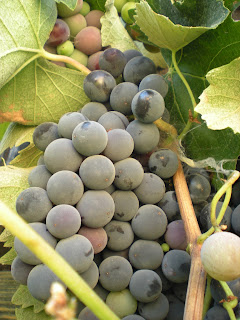When we get to the end of summer everything looks tired and
old but there are things to be done in the Southern California garden. Plants
need to be continued to be watered, it is essential that plants needs abundant
water in order to extend the gardening season. Keeping plants watered helps
them keep growing and looking good. Plants need deep watering, sprinkling
should be avoided.
Some plants need rejuvenation by cutting them back. Many
plants will respond and grow back if they are cut back. They don’t only grow
back but will bloom some more. Again, watering is needed in order for plants to
grow back.
Deadheading also will help prolong the gardening season.
Deadheading will also help keep the garden tidy and neat.
The basil I planted early spring has produced flowers. This is my first time to plant a basil and I am not sure if cutting it back would produce more basil leaves.
Thanks to the mild climate gardening in Southern California
is a whole year; plants can be planted year round.
End of summer is also the time to harvest what you have planted. A month after I harvested the first bunch of grapes, I continue to harvest more grapes. More grapes need to be harvested in the coming weeks.
















